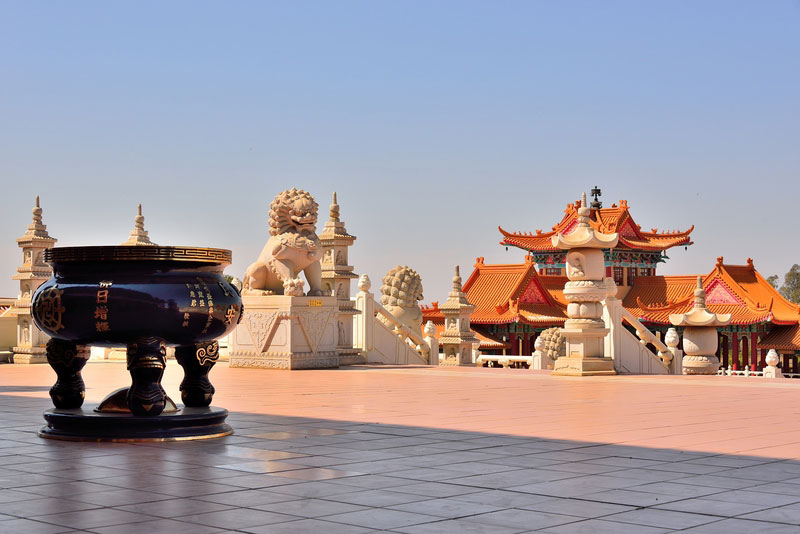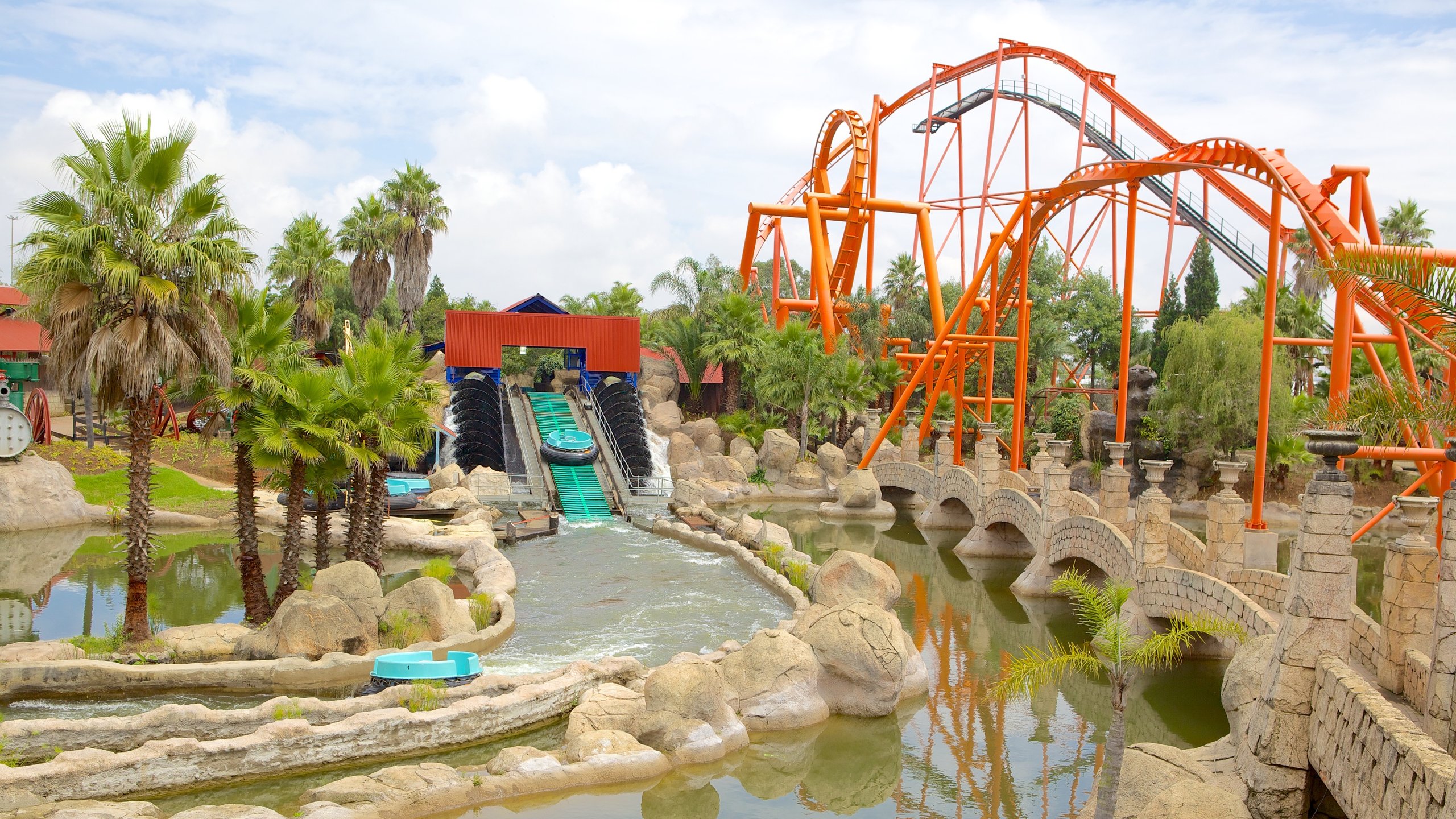The Of Johannesburg North Attractions
Table of ContentsJohannesburg North Attractions Things To Know Before You Get ThisThe Single Strategy To Use For Johannesburg North AttractionsEverything about Johannesburg North AttractionsThe Ultimate Guide To Johannesburg North AttractionsGetting My Johannesburg North Attractions To WorkLittle Known Questions About Johannesburg North Attractions.
The city owes its area to the visibility of a much more precious source: gold. The city grew on the side of the Witwatersrand Main Reef, a subterranean stratum of gold-bearing quartz-silica conglomerate that arcs for thousands of miles beneath the Highveld. Many of the gold mines in the city stopped operation in the 1970s, yet in its day the Witwatersrand gold sector made up more than 40 percent of the world's yearly gold production.Johannesburg has a pleasant environment. Summer temperatures average about 75 F (24 C); winter months temperature levels average about 55 F (13 C) and just sometimes dip below freezing. The city enjoys about 8 hours of sunshine per day in both wintertime and summer season. Rainfall averages concerning 28 inches (700 millimetres) per year, yet the total differs considerably from year to year.
What rainfall the city gets drops virtually specifically in the summertime months, often in stunning late-afternoon electric tornados. Air air pollution positions a substantial problem, particularly in the winter months, when thermal inversions hinder the westward flow of air from the Indian Sea. Pollution is most extreme in the largely cleared up Black municipalities on the city's periphery, where lots of homeowners still depend on coal for fuel.

How Johannesburg North Attractions can Save You Time, Stress, and Money.
The equilibrium of the city is inhabited by whites. Holiday accommodation differs in personality and quality. Soweto is infamous for its unlimited rows of municipally constructed, two-room matchbox homes, yet it likewise has a couple of flourishing territories along with bristling squatter camps, where 10s of thousands live without water, electricity, or sanitation centers.
Physical development, although rather restricted by transportation, continued promptly as immigration to South Africa, and Johannesburg specifically, enhanced significantly. This trouble was resolved in the 1930s when the automobile was presented in automation to South Africa. Cars were, essentially, constrained to the well-off, and allowed them to relocate to the north of the city and commute right into the centre.
Most poor suburbs were mixed, with poor blacks and whites living together, although the affluent suburban areas were normally scheduled for whites.
The previous system of eleven numbered areas was reorganised in 2006. Marshalltown, as seen from the top of the Carlton Centre. The M1 and Source M2 run behind the structures, and the southerly suburban areas expand past the highway limit. The central city of Johannesburg lies within the city's Area F. The approximated population of the area is 200,000, [] but the variety of individuals staying in the central city on a casual basis is unknown, as several are illegal aliens. The majority of higher-income homeowners and white people have actually transferred to the north residential areas and have been changed click here for info by lower-income black people. The joblessness, education and learning, and age profiles of the area are all unknown, because of the problem of acquiring dependable details about the location.
Not known Details About Johannesburg North Attractions
Centred on the CBD, the region consists of the suburbs of Yeoville, Bellevue, Troyeville, Jeppestown, and Berea to the east. To the west it spreads to Pageview (Johannesburg North attractions) and Fordsburg. There are small industrial parks to the south, such as City West-Denver and Benrose. Around 800,000 commuters pass through the central city each day, and it functions as a local buying node for site visitors from the southerly suburbs. Yeoville and Bellevue have a mix of apartment buildings and single household systems on small whole lots. The region lies on a hilly divide that runs from east to west. One of the most obvious geographical attribute is Observatory Ridge, which is named for the big observatory situated on it. The recreational spaces are no much longer utilized, because of safety and security problems.

The Best Strategy To Use For Johannesburg North Attractions
R. Tambo International Flight Terminal). The eastern residential areas are several of the oldest areas of Johannesburg, there are big neighborhoods of Jewish and other European histories, the majority of the populace is English talking. There are three golf courses along with a variety of protected ridges with viewsites. There are numerous well-developed and up-market entertainment and purchasing areas in the east such as the Eastgate Mall and the Greenstone purchasing centre.
The area is primarily composed of old "matchbox" link houses, or four-room homes built by the government, that were developed to provide low-cost holiday accommodation for black employees throughout apartheid. Soweto is an acronym, meaning "South Western Townships". Road after street in this field is lined with matchboxes; nonetheless, there are a couple of smaller locations where flourishing Sowetans have constructed residences that are a lot more similar in stature with those in even more affluent suburbs.
Hostels are an additional popular physical feature of Soweto. Initially built to house male migrant workers, lots of have actually been improved as homes for couples and families. The N1 Western Bypass skirts the eastern limit of Soweto. The suburban area was not traditionally enabled to produce employment centres within the location, so nearly all of its citizens are travelers to various other parts of the city.
See This Report on Johannesburg North Attractions
The N1 Western Bypass attaches the northern suburban areas with the north-western residential areas. The household areas in the northern suburban areas are mainly official, with no substantial locations of informal housing, or real estate that does not have a permanent structure. Although this is an established area, there is a fad of land usage modification from residential to business, especially along main arterial roadways and around well established nodes.
The location is well linked to roadway networks, especially along the north-south axis developed by the M1 and N1. Roads to the east and west are much less well developed, as there are no highways travelling in that direction. In the direction of the northern boundary of the city, the density of advancement decreases, leaving large locations of undeveloped land around Midrand.
Johannesburg North Attractions Things To Know Before You Get This
The first residential area to the north of the internal city is Parktown, which is located on a hillside ignoring the central city and Hillbrow. It has numerous rich residents and Edwardian-design manors, as well as the Education and learning and Medical schools of the College of the Witwatersrand. The large concrete Charlotte Maxeke Johannesburg Academic Hospital controls the skyline of Parktown.